Ultimate Campanula Varieties: Best Bellflowers For Every Garden


Many campanula varieties make a beautiful addition to gardens and borders with their delicate purple or white blooms. Also known as bellflowers, campanula plants add a quaint and dainty charm to any home landscape. Ranging in form and growth habit, several campanula species are ideal in containers and formal beds. Learning more about each of these types will help you select and grow campanula bellflowers that are best suited to your needs. Here, we'll explore some of the most versatile.
Select The Best Campanula Varieties for Your Needs
The genus Campanula includes various cultivars of annuals, biennials, and perennials for you to choose from. So how do you know which types of campanula have the best chance of reaching their full potential in your beds, borders and containers? This selection includes flowering options for impact and longevity, prolific and extended flowering, height and compact growing. Plus, we explore the full range of colors to help you pick the perfect bellflower for your garden.
Campanula for Perennial Gardens
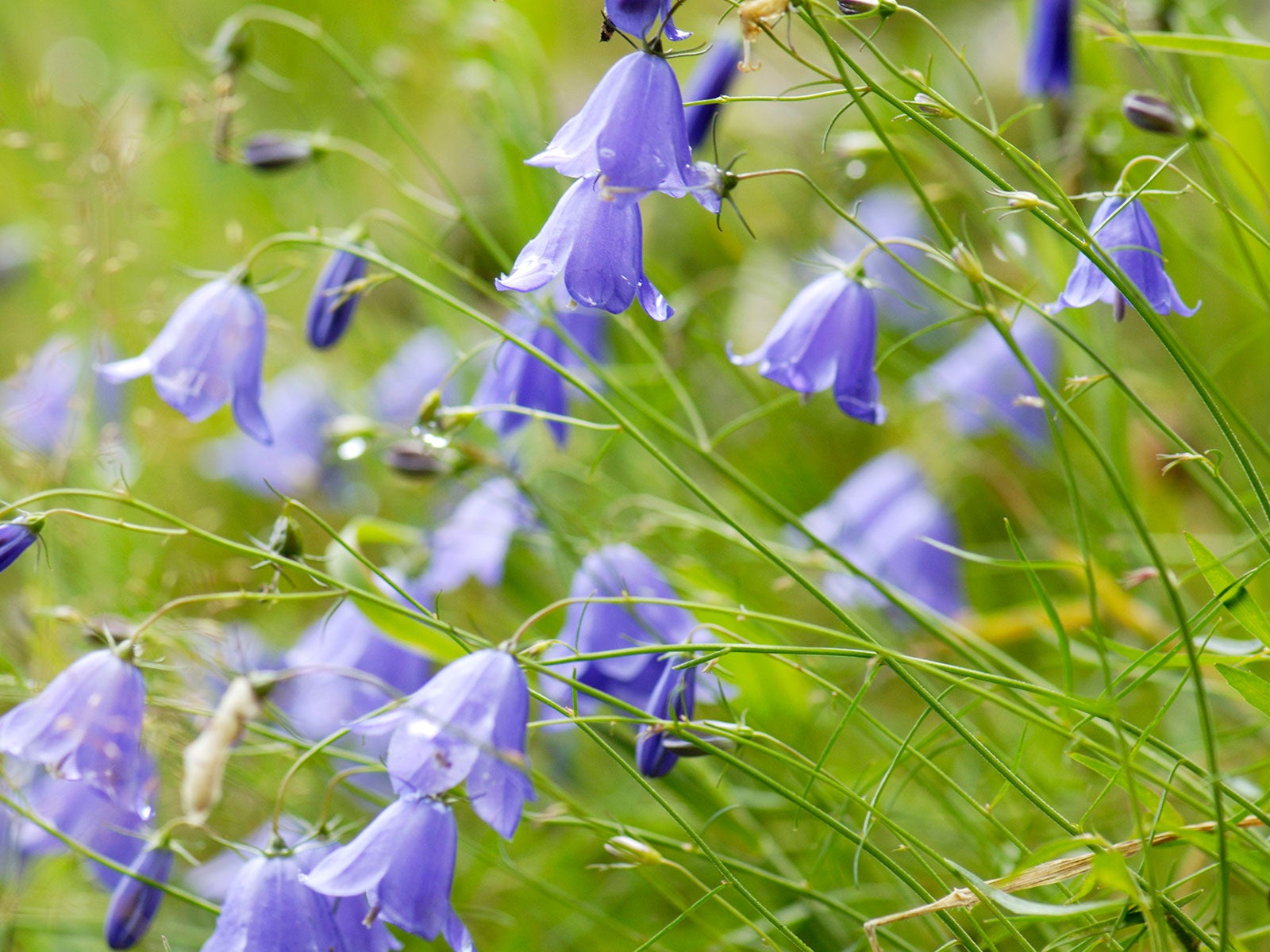
Though most bellflowers are considered to be short-lived, perennial campanula varieties are a great option for dependable color in flower borders and beds, season after season. Species like Campanula carpatica and Campanula rotundifolia (pictured) are especially popular. These cultivars produce delicate bells of soft color, plus beautiful mounds of low-growing foliage.
Bellflowers for Lots of Blooms

Many campanula varieties are known for their immense blooming power. You can create a veritable wall of color using dense plantings within the landscape. Those with larger flowers will complement plants for a cutting garden or mixed border. You can also grow smaller types for an impressive floral display. Campanula portenschlagiana, for example, quickly covers informal beds and rock gardens with brilliant, blue-purple flowers.
Campanula for Flowers All Summer
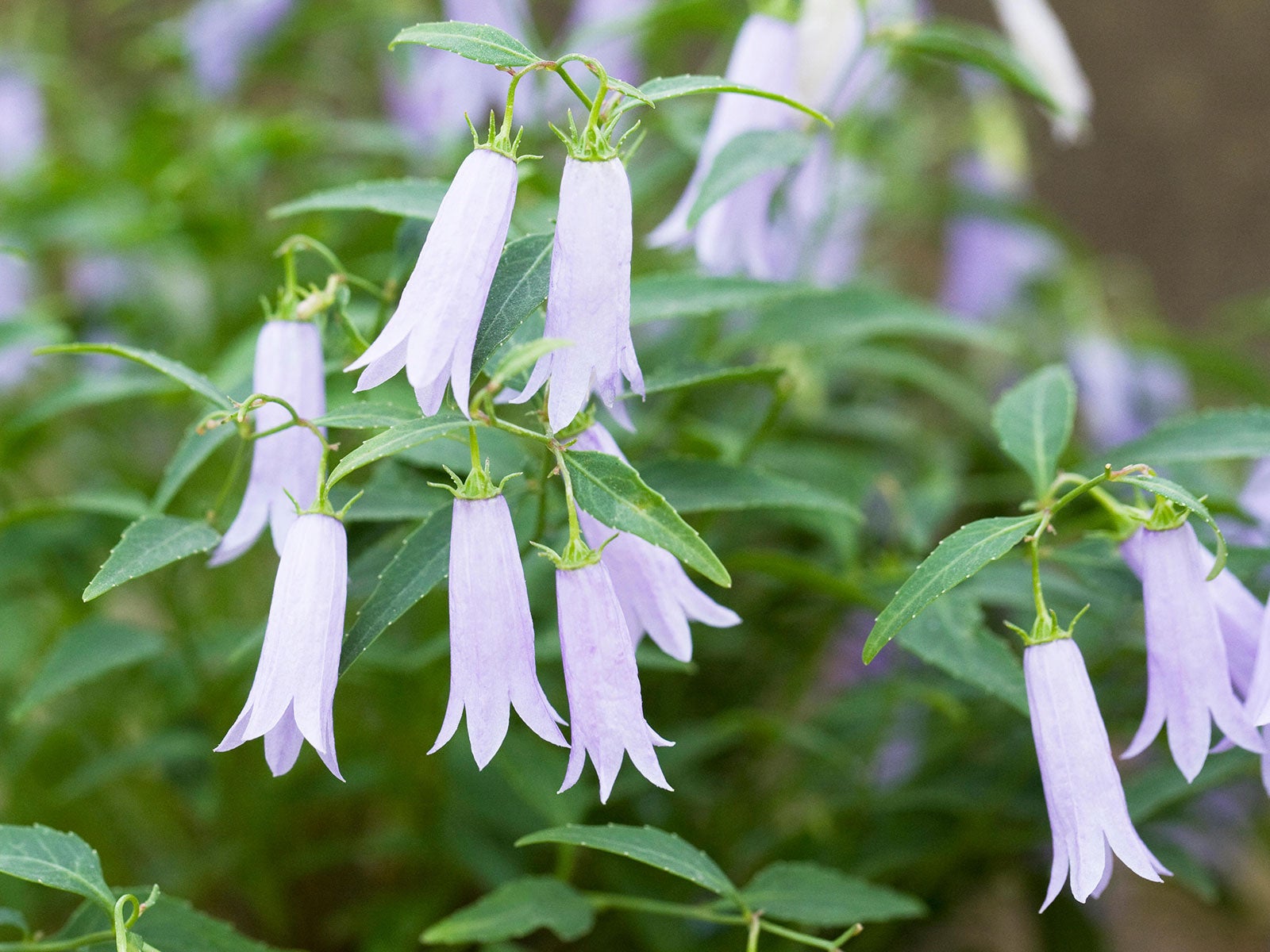
Bloom time varies greatly among bellflower species. Many types begin to flower while the weather is still cool, between late spring and early summer. This is especially true of many biennial and perennial cultivars. However, others will bloom throughout the entirety of the summer season, provided conditions are suitable. Try 'Summertime Blues' for an extended season of silver-blue blooms.
Bellflowers for Deep Purple Blooms
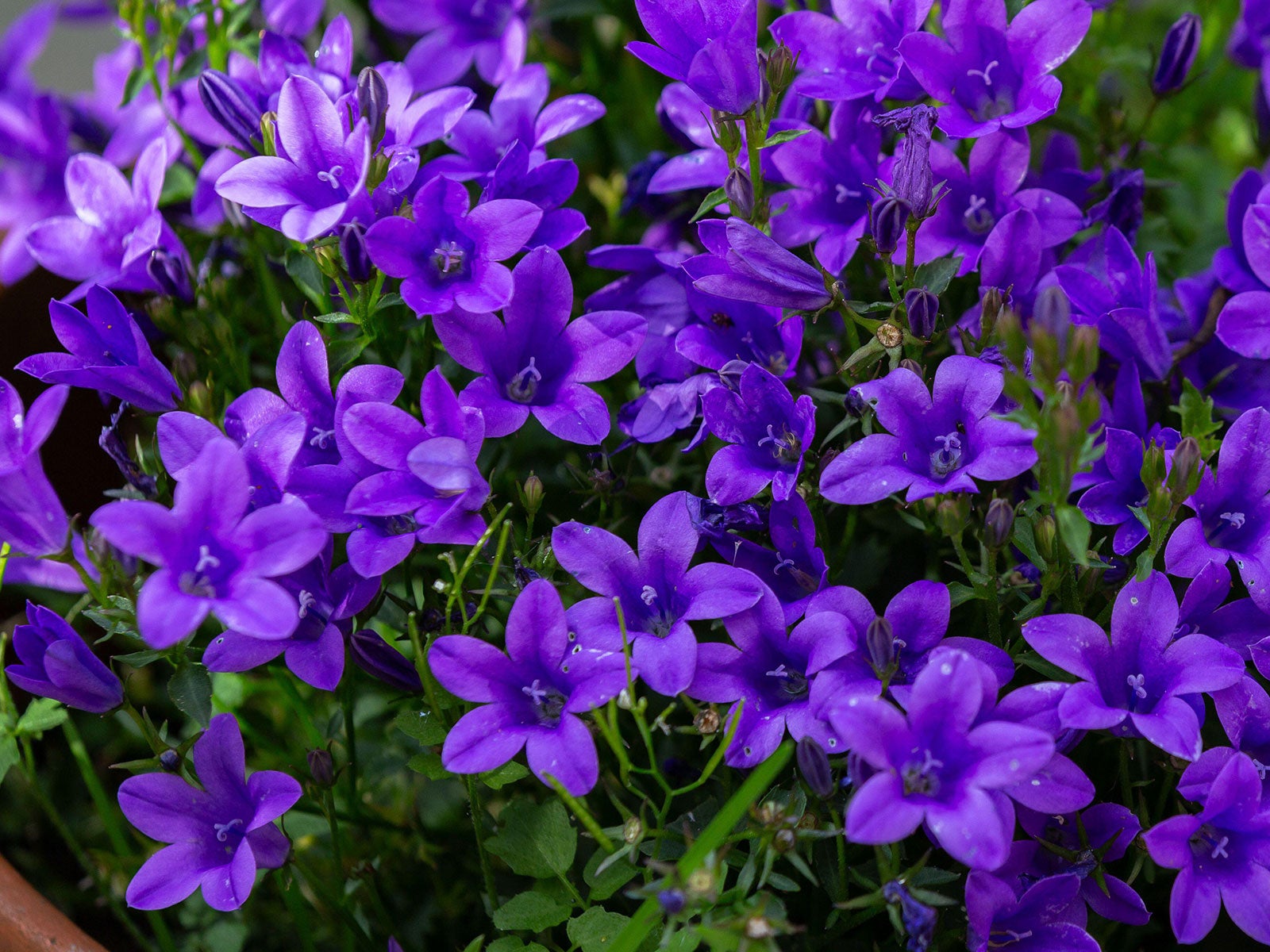
Campanula plants may not have a broad spectrum of hues, but their intense purples are unforgettable. So if you want to create a garden of purple, you'll be spoiled for choice! These tones are commonly found throughout the genus, specifically open-pollinated varieties. Campanula plants with purple blooms include Campanula glomerata, Campanula poscharskyana (pictured) and Campanula pyramidalis.
Campanula for White Blooms
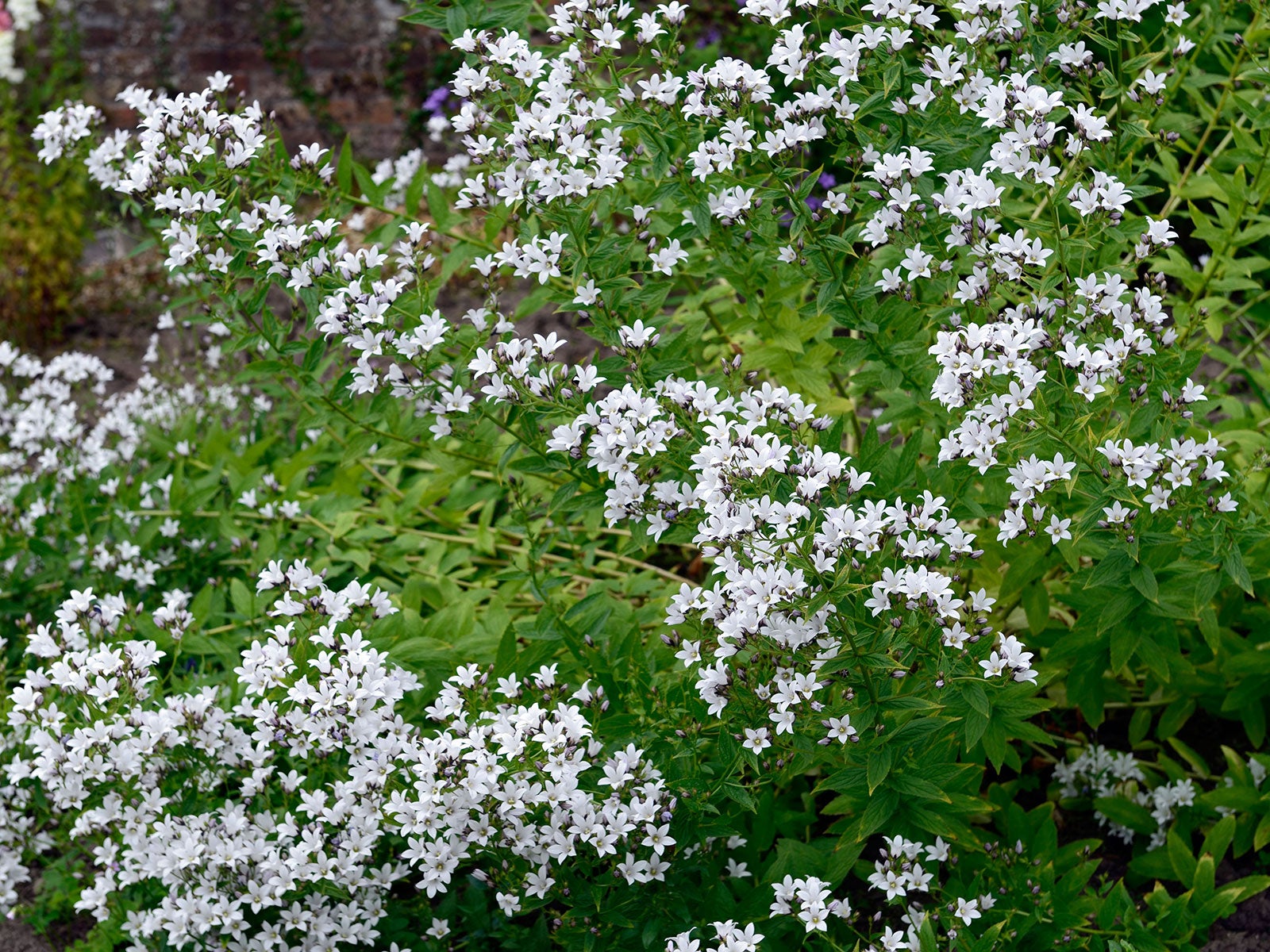
If you prefer white garden flowers for their crisp, bright and classic appearance, you're in luck. You can grow white bellflowers that seem to illuminate beds with their star-shaped petals. Notable among these white campanula varieties is Campanula persicifolia (pictured). 'Alba' is among the most popular white cultivars within the genus.
Sign up for the Gardening Know How newsletter today and receive a free copy of our e-book "How to Grow Delicious Tomatoes".
Tall Campanula Varieties

Types of tall campanula are best used in cutting gardens and mixed borders. Many taller varieties of bellflower belong to the species Campanula lactiflora (pictured). Another type, Campanula medium, accounts for most cut varieties used by florists. Popular cultivars include the Champion series, as well as Flore Plena 'Double'.
Low-Growing Campanula Varieties
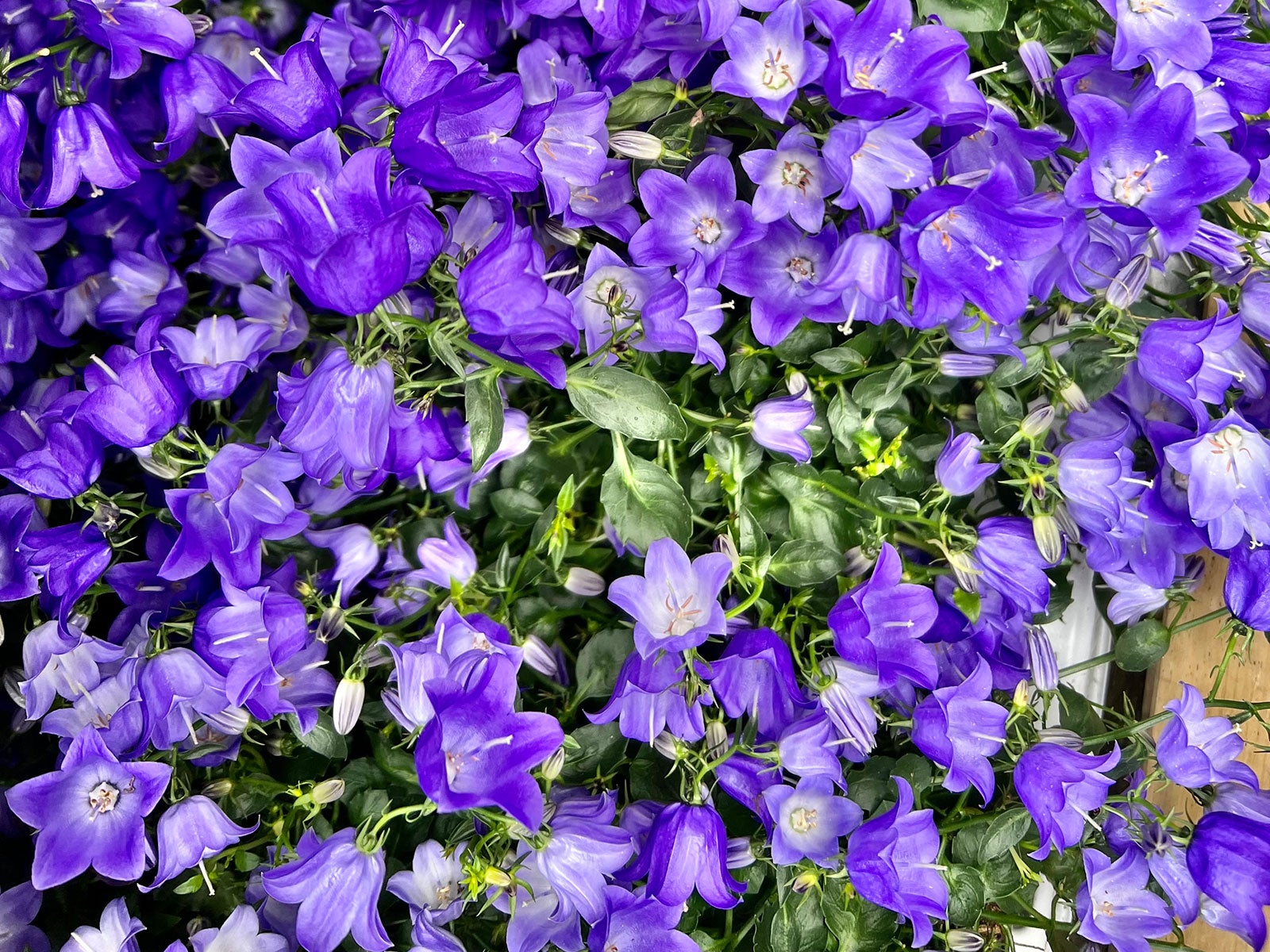
Low-growing campanula varieties make a stunning addition to containers, as well as attractive groundcover. Campanula cochleariifolia are some of the shortest types, reaching only 4 inches (10 cm) tall. Other popular species include Campanula carpatica (or tussock bellflower, pictured) and Campanula portenschlagiana. Both of these are also known for their profusions of flowers.
Types of Campanula for Shade

Most campanula thrive where they can receive full sun. However, many tolerate some shade. This is especially true in regions where they benefit from shelter through the hottest parts of the day. Though most require at least partial sunlight, types specifically adapted to shade include Campanula lactiflora, Campanula garganica and Campanula poscharskyana (also known as Serbian bellflowers, pictured).
Native Campanula Varieties to Grow
Despite great diversity among the genus, Campanula americana is one of few species native to the United States. These plants are most commonly found growing in cool, woodland areas near streams and rivers. So if you are looking to grow a woodland garden, this bellflower is a pretty option. As a biennial, you can expect plants to produce vegetative growth in the first season. This is followed by a large flush of blooms in the second.
Invasive Varieties of Campanula to Avoid
Campanula plants seldom become invasive. However, some campanula species are more prone to spread than others. Of special interest among these campanula varieties are those that multiply through production of underground rhizomes. Campanula glomerata and Campanula punctata are some of the most problematic.

Tonya Barnett has been gardening for 13 years. Flowers are her passion. She has transformed her backyard into a cut flower garden, which she regularly chronicles on her YouTube channel http://www.youtube.com/@tonyawiththeflowers.